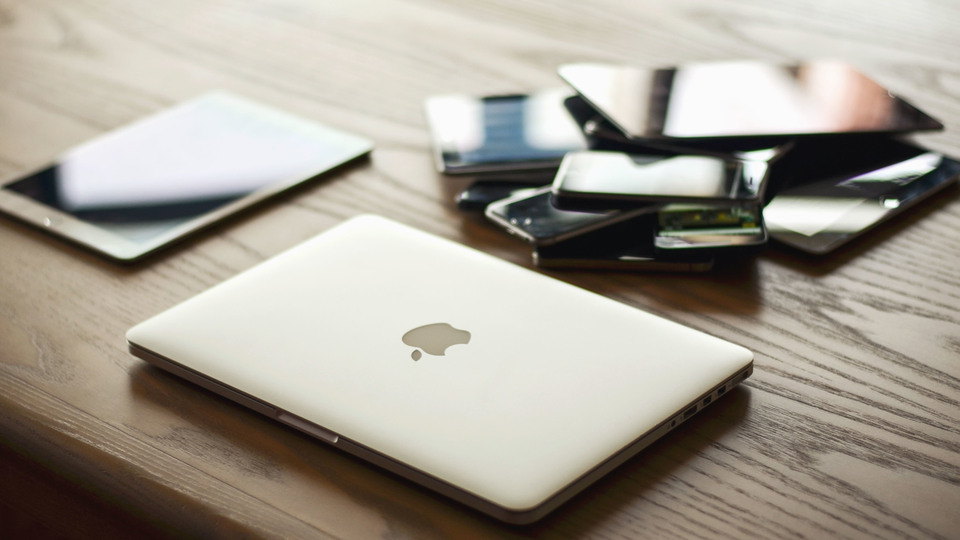
New report examines the feasibility of reusing small electronic devices
There are still many old mobile phones, tablets and computers lying around many households that are no longer in use. A study carried out by IVL has investigated the feasibility of increasing the reuse of types of small electronic devices and what the environmental benefits might be.
– Prolonging the life of these electronics through reuse delivers both environmental and climate benefits. This is especially true for so-called information and communication devices such as mobile phones and computers, as these products often have a significant impact on the environment and contain rare metals, says Jurate Miliute-Plepiene at IVL Swedish Environmental Research Institute.
The exact number of unused small electronic devices lying around people’s homes, and how many of these that can be reused, is unknown, but when it comes to mobile phones the number is estimated to be around 20-25 million units. Of these, an estimated two million mobile phones are younger than four years and fully functional, making them easy to reuse.
Product reuse is more environmentally effective than the recycling of component raw material. For this reason, small electronic devices should be sent off for reuse as soon as they are no longer being utilized. But this is not always possible.
– The potential for reusing electronics depends on the durability of the product and the degree of both real and perceived technical obsolescence. Unfortunately, the potential for reusing non-functioning electronics is low in Sweden, as these often require costly repairs. This is especially true for products of low economic value such as old toys, and when demand for the latest product is much higher than that for used ones, says Jurate Miliute-Plepiene.
Small electronics frequently end up in the waste flow. Even though Sweden is better in this respect compared to many other EU countries, according to the study around 8,000 tonnes of small electronics are incinerated every year along with other household waste. If more of this could be reused or recycled, this would not only deliver environmental but also economic benefits. The study estimates the theoretical value of the metals contained in one million electronic devices to between SEK 20 and 70 million for mobile phones, up to SEK 24 million for tablets and SEK 120 million for laptops.
– The magnitude of environmental and economic benefit varies between different electronic products. It also depends on the amount of electronics collected and sorting and recycling efficiency, says Jurate Miliute-Plepiene.
The study is part of an investigation into small electronics deposit return schemes in Sweden commissioned by the government. Download the report here. Pdf, 2.1 MB, opens in new window.
Pdf, 2.1 MB, opens in new window.
For more information, please contact:
Jurate Miliute-Plepiene, jurate.miliute@ivl.se, +46 (0)10-788 67 20
